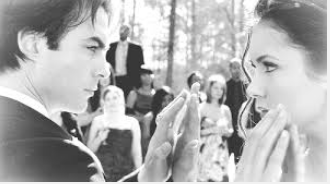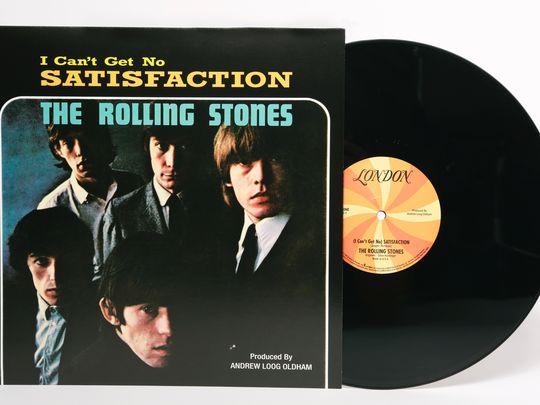How to Write STEAMY Sexual Tension
Okay, so you know how to write tension. But can you write it…sexually? If that sounded dirty to you, you’re on the right track.
Sexual tension is all about getting your reader to long for your characters to do something. And it’s a whole lot more about what they’re NOT doing than what they are doing. Which makes it hard to write, yanno? Can’t write something that’s not happening. Or can you? Have a look at this.
You just tilted your screen away from the rest of the coffee shop, didn’t you? But what does that picture really show? Knees. Knees aren’t that racy. For all you know, outside the frame that girl could be wearing a giraffe costume. But all you had to do to make that set of knees sexy was to add panties (which created an atmosphere of the illicit) and then leave them halfway pulled down (which made you think a whole lot about the implications of them being elsewhere).
That’s the key to good sexual tension–guiding the reader’s imagination to the racy, suggestive little place of wanting more without being too straightforward about it. Too often, I see the “OMG he’s so HAWT” model of establishing attraction between characters. Which has its place. Physical attraction is part of sexual tension. But it’s not the whole enchilada. It’s more like the hot sauce you dash on top when you’re nearly done.
Techniques for Creating Sexual Tension
1. Awareness
The basis of all sexual tension is awareness. The characters are aware of each other, the way you are of the guy with brilliant green eyes who just walked past your table in the coffee shop. The characters notice things about each other. When you describe the love interest character through the eyes of your main character, calibrate your wording so they sound beautiful. So don’t say “The girl tossed colorless hair away from her face as she rode her skateboard.” Instead, you could say, “Her loose blonde waves were competing with the bottom of her shorts for who got to touch her toned thighs first; her body leaning gracefully into all the wrong angles that did all the right things.” Just by the different word choices, we know that the viewpoint character finds her beautiful, without an OMG SO HAWT in sight.
Awareness also means they notice details about each other. I remember once in a Maggie Stiefvater book, I knew one character loved another character because he recognized the habitual expressions of the other boy’s eyebrows.
Two characters with good chemistry are never neutral to one another. They may argue like crazy or get along like best friends, but they’ll always be reacting strongly to one another.
2. Near Touch
My favorite sexual tension technique is to create the expectation of a touch, and then don’t complete it. Have a character lean in for a kiss, but then pull away. Put the two characters next to each other or in a confined area. All that space where they’re not touching suddenly sizzles with longing.
 3. How does it FEEL?
3. How does it FEEL?
If you want all that other stuff above to work, you’ve got to show the physical sensations that a character experiences when they’re aware of their love interest, or nearly touching them, or *gasp* actually touching them. I’m talking about butterflies in your tummy, racing heart; those things we all remember from really good first dates. If you need new, non cliché ones, go look up Angela Ackerman’s Emotional Thesaurus, which is a book every author should own.
One of John Green’s heroines once said of her love interest, “He makes my skin feel more like skin.” And that really says it all.
4. Lack of Satisfaction
This is the near touch, on a much longer time scale. Sexual tension isn’t about what your characters get to do. It’s all about making sure that no matter what base they get to, there’s always another base beyond. If you let them get some tongue action, save the between-the-sheets stuff for later on. If they’re already having sex, maybe hold back on emotional intimacy, or maybe they’ve been deep in fetish-land but still never kissed. In most of my books, my characters really have to work for it to get a whole sex scene. In the one manuscript where they jumped into full bondage sex by chapter 3, I really turned the screws on the emotional blocks between them so even though there was physical intimacy, those touches could have meant so much more, and they wanted that more and they spent the whole book trying to get it.
Of course, it’s not all about just dragging it out. While you’re postponing ultimate satisfaction, remember to keep that longing alive and well-represented in their thoughts and physical sensations. Because I can sit very close to my cousin Ralph, but if there’s no longing there, it doesn’t matter how “near” that touch is, it doesn’t do a thing to create sexual tension.
So, if you want your readers to start buying shirts with Team [Your Hero’s Name Here], you need to make your characters aware of each other, drive all their vital signs into the red zone, and then give them, in the undying words of the Rolling Stones, no satisfaction. At least until the epilogue.
If you want to see how I use all these techniques to steam up the pages of my own books, you can find them all HERE.
 *All examples used belong to Katie Golding because she is the queen of sexual tension. Go buy all her books now.
*All examples used belong to Katie Golding because she is the queen of sexual tension. Go buy all her books now.




















As soon as I stop fanning myself I’m ordering Katie Golding’s latest book! Great post – Thanks Michelle!
Pingback : Friends Don't Let Friends Write Bad Sex | Michelle Hazen
Pingback : Bibliography of Writing Blogs | Michelle Hazen